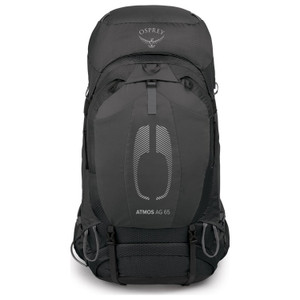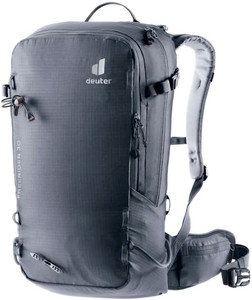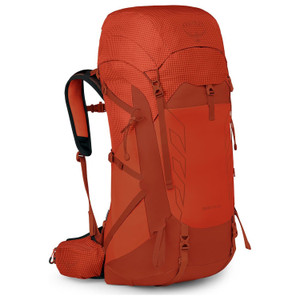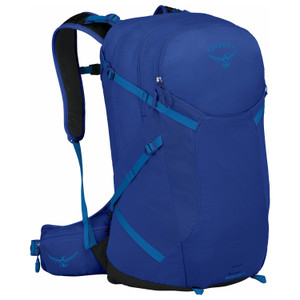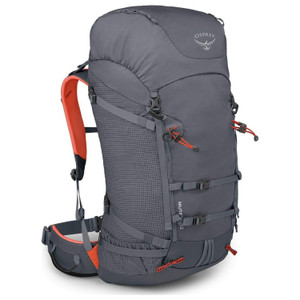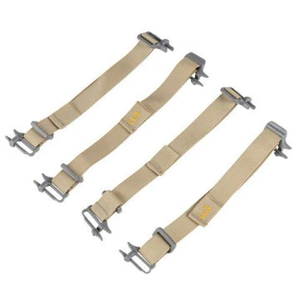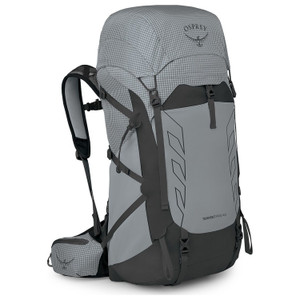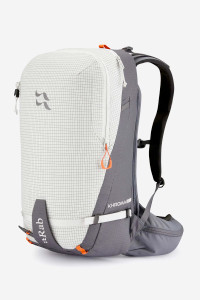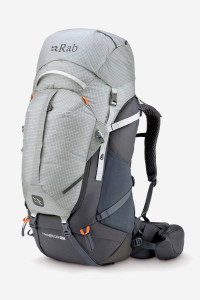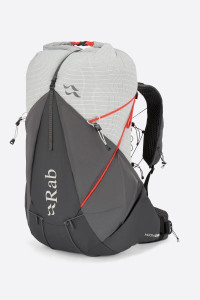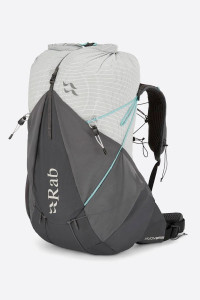Hiking Packs
Hiking and traveling backpacks are specially designed bags worn on your back to carry gear and essentials during outdoor adventures or long-distance travel. While they may look similar, they are optimized for different uses, so understanding the differences helps you choose the right one.
1. Hiking Backpacks
These are designed for outdoor adventures, where comfort, durability, and load balance are crucial. They come in various sizes depending on trip length and gear needs.
Key Features:
-
Supportive frame: Internal or external frame helps distribute weight
-
Padded hip belt & shoulder straps: Transfers weight to hips for long hikes
-
Hydration compatibility: Can hold water reservoirs (bladders)
-
Compression straps: Secure and balance loads
-
Gear loops & attachments: For trekking poles, ice axes, sleeping bags, etc.
-
Ventilated back panel: Improves airflow to reduce sweating
Common Sizes:
| Trip Type | Volume (Liters) |
|---|---|
| Day hike | 15–30 L |
| Overnight hike | 30–50 L |
| Multi-day trek | 50–70 L |
| Expedition | 70+ L |
2. Traveling Backpacks
Designed for urban travel, backpacking abroad, or transit between cities, these focus more on accessibility, organization, and comfort for long carry times, not rugged terrain.
Key Features:
-
Front-loading (suitcase-style) zippers: Easy access to contents
-
Laptop compartments: For electronics
-
Multiple compartments: For better organization
-
Lockable zippers: Improve security while traveling
-
Detachable daypacks: Some models have built-in mini backpacks
-
Minimal external straps: To avoid snagging during flights or trains
Common Sizes:
| Trip Length | Volume (Liters) |
|---|---|
| Weekend | 30–40 L |
| Week-long | 40–60 L |
| Extended travel | 60–80 L |
Key Differences:
| Feature | Hiking Backpack | Traveling Backpack |
|---|---|---|
| Load Access | Top-loading (some side access) | Front-loading (like a suitcase) |
| Frame Support | Yes (internal/external) | Usually minimal or internal only |
| Built for Terrain | Yes – trails, mountains, etc. | No – urban, airports, hostels |
| Hydration Bladder | Yes | Rarely |
| Security Features | Minimal | Lockable zippers, hidden pockets |
| External Gear Loops | Yes (for trekking gear) | No (streamlined for travel) |
Summary:
-
Use a hiking backpack for trail adventures, camping, trekking, or backcountry exploration.
-
Use a traveling backpack for urban travel, hostel-hopping, and international trips where organization and easy access matter more than rugged durability.
Need help choosing one for a specific trip or comparing brands like Osprey, Deuter, or Nomatic?


